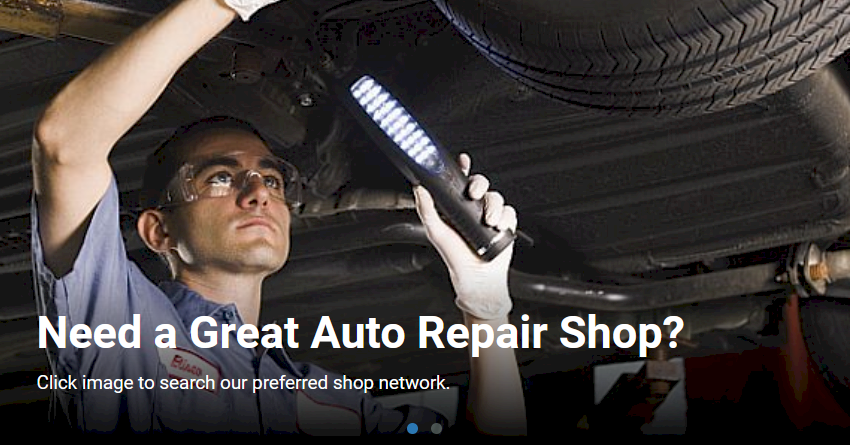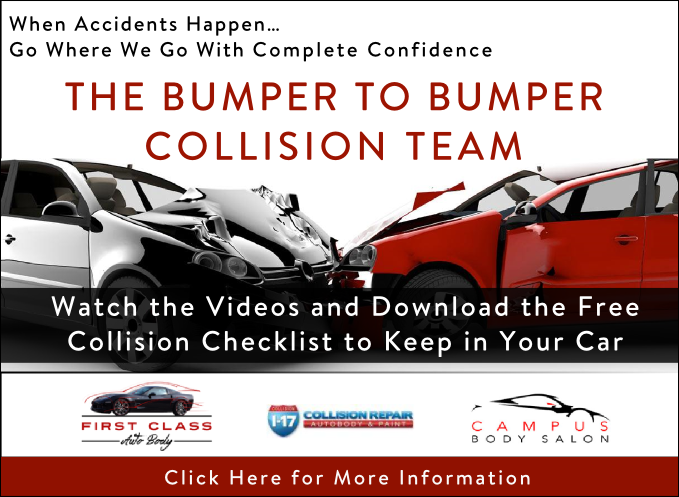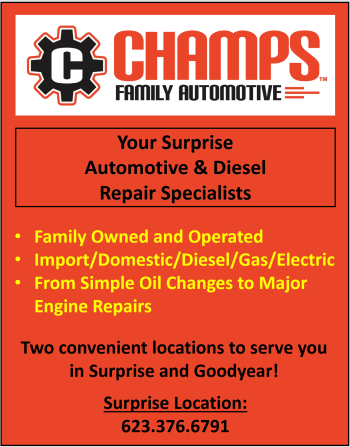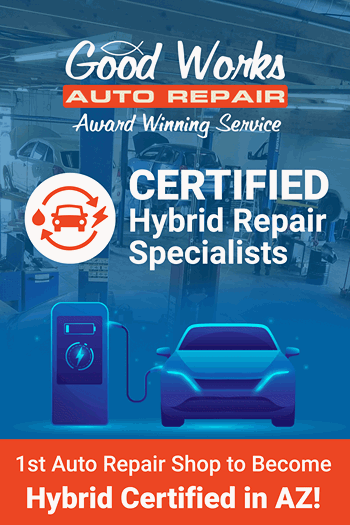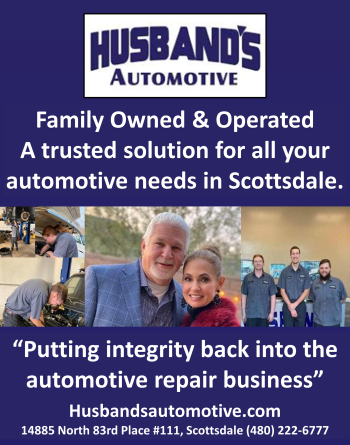“The penny test is a simple, yet effective, way to check tire tread. If you see Lincoln’s head above the tread, you are ready for new tires,” said Rich White, executive director, Car Care Council. “Tires are critical to a vehicle’s handling and traction, and maintaining proper pressure is vitally important to vehicle safety. Underinflated tires are under stress and will wear unevenly, causing them to need to be replaced sooner. Routinely checking tire balance and wheel alignment reduces tire wear, improves handling, and increases fuel economy.”
According to the Car Care Council’s popular Car Care Guide, vehicle owners should check the pressure of all tires, including the spare, on a monthly basis and more often during colder weather. In addition, the tread should be checked for uneven or irregular wear as well as cuts or bruises along sidewalls. Tires should be inflated to recommended pressure levels, rotated every 6,000 miles to promote uniform tire wear and be replaced if worn or damaged.
If the vehicle shakes or pulls to one side, it could be a sign of an alignment issue. Because uneven or accelerated tire wear may indicate an alignment problem, it’s a good idea to have the alignment checked at least once a year. Wheel balance can change as a result of normal tire wear and unbalanced wheels can cause rapid wear of shock absorbers and struts.
For more information on tire safety and maintenance, service interval schedules, questions to ask a technician and tips to drive smart and save money, view the Car Care Council’s free digital Car Care Guide online at www.carcare.org/car-care-guide.

